
There are several PDF editing tools available for Linux. Some will allow you to annotate and add comments in PDF, while some allow you to rearrange the pages and merge or split PDF files.
What tool you use depends on the kind of editing you want to do.
If your aim is to fix some typos in a primary text PDF file, you don't need a specialized software.
LibreOffice can do that for you. Surprised? Yes, the popular Linux alternative to Microsoft Office can also edit PDF files.
The LibreOffice Draw tool is capable of editing the text in most PDF files.
Let me show you how.
Edit PDF Files with LibreOffice
Most of the Linux distributions, such as Ubuntu, Linux Mint, Fedora, etc. have LibreOffice as the default office suite. If you do not have LibreOffice, install it first.
Recommended Read

Once you have downloaded and installed LibreOffice, start it. On the welcome screen, click on Open File.
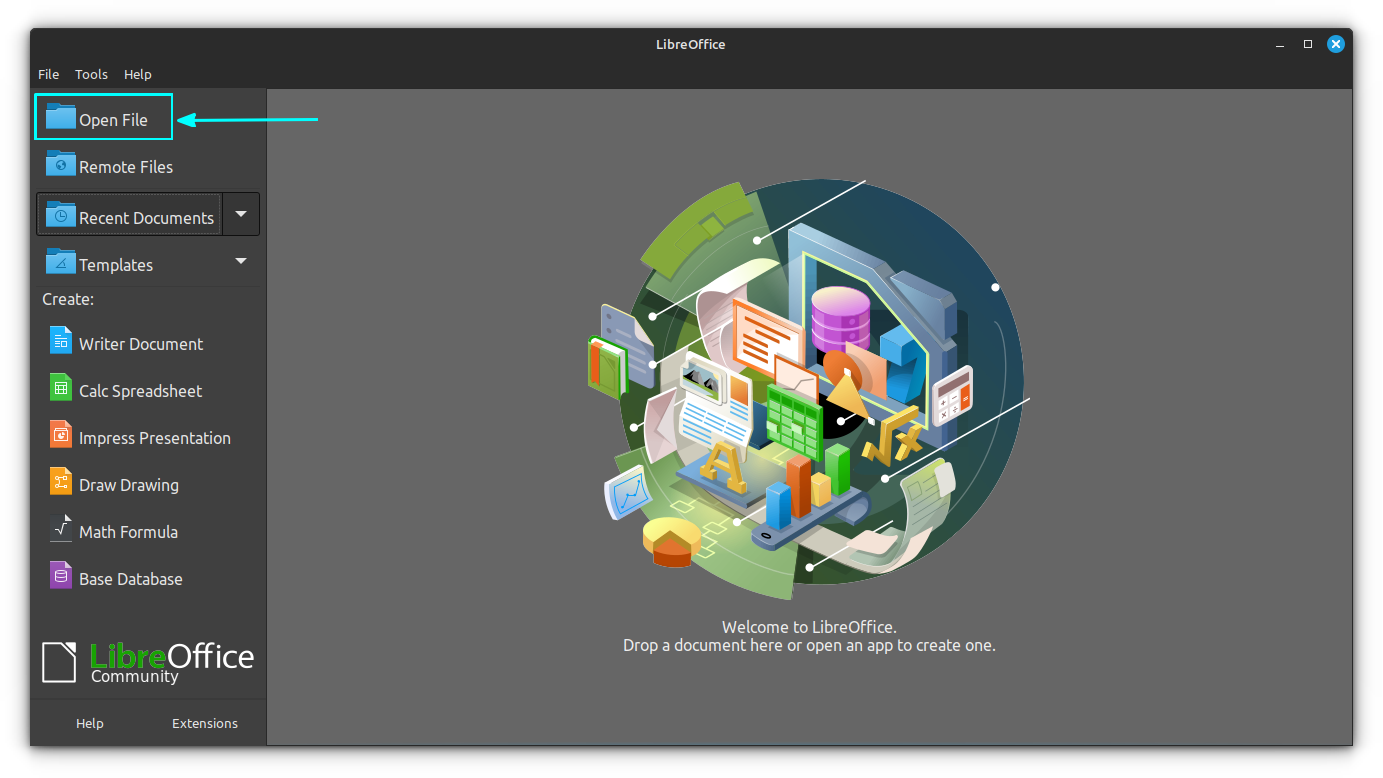
Now, make sure you have selected the option to see “All Files” so that you can see files with all the extensions.
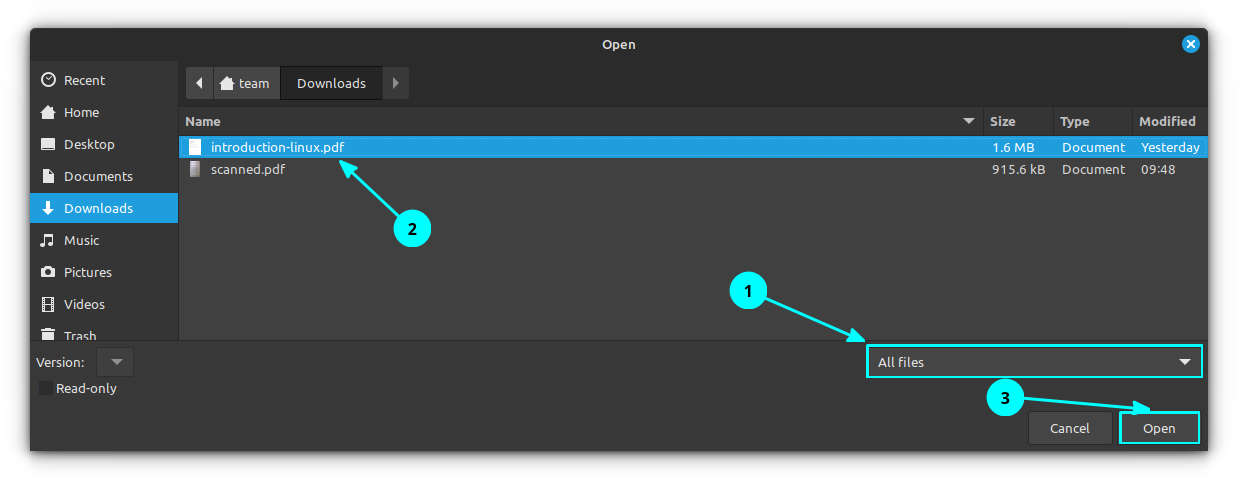
Select the required PDF file that you want to edit and click open.
LibreOffice will take some time to load the PDF file. The file will be opened in Draw, part of the suite that manages graphics.
Once loaded, you can immediately see that the file is in editable mode. You can also see that it recognizes the table of contents very well. Of course, it depends on the original PDF file if it had a table of content or not.
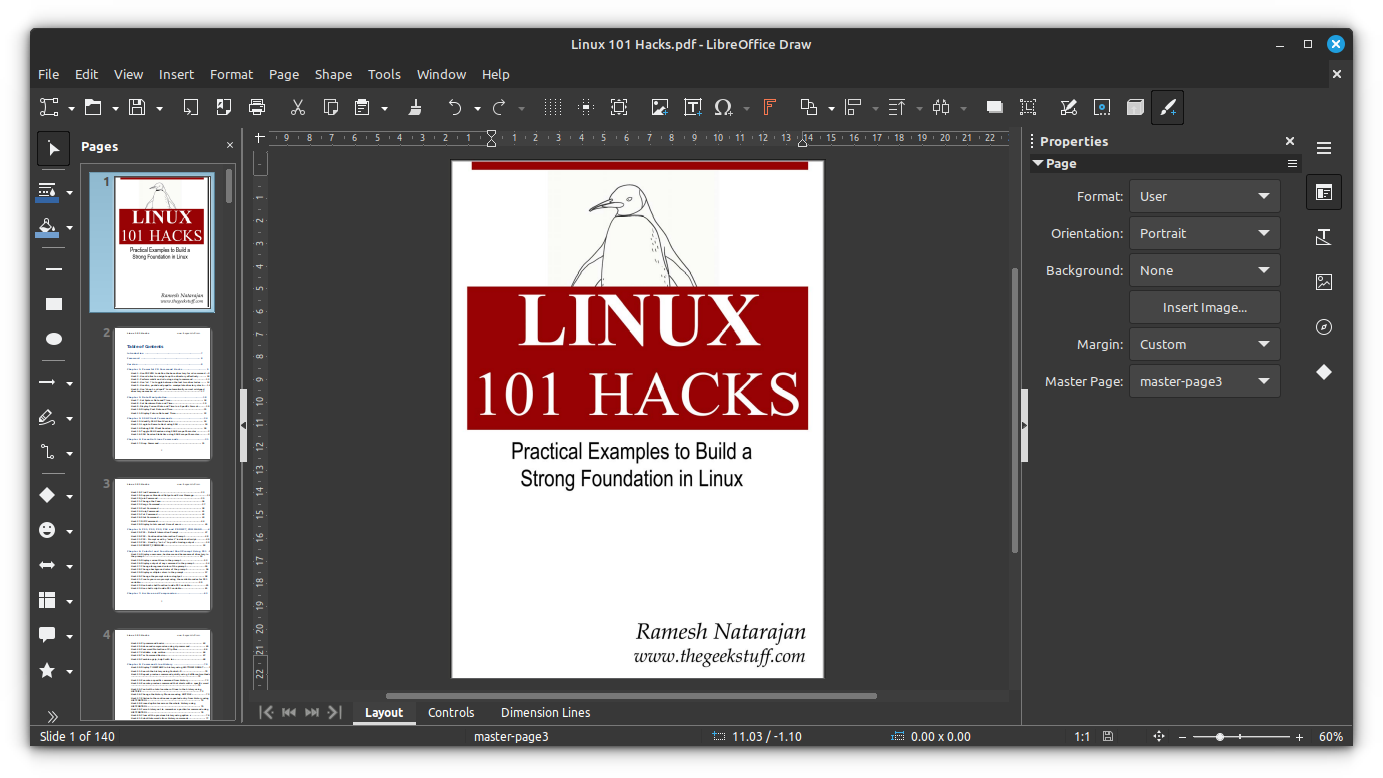
You can go to the specific pages and edit the PDF file there. Just click on the text which you want to edit.
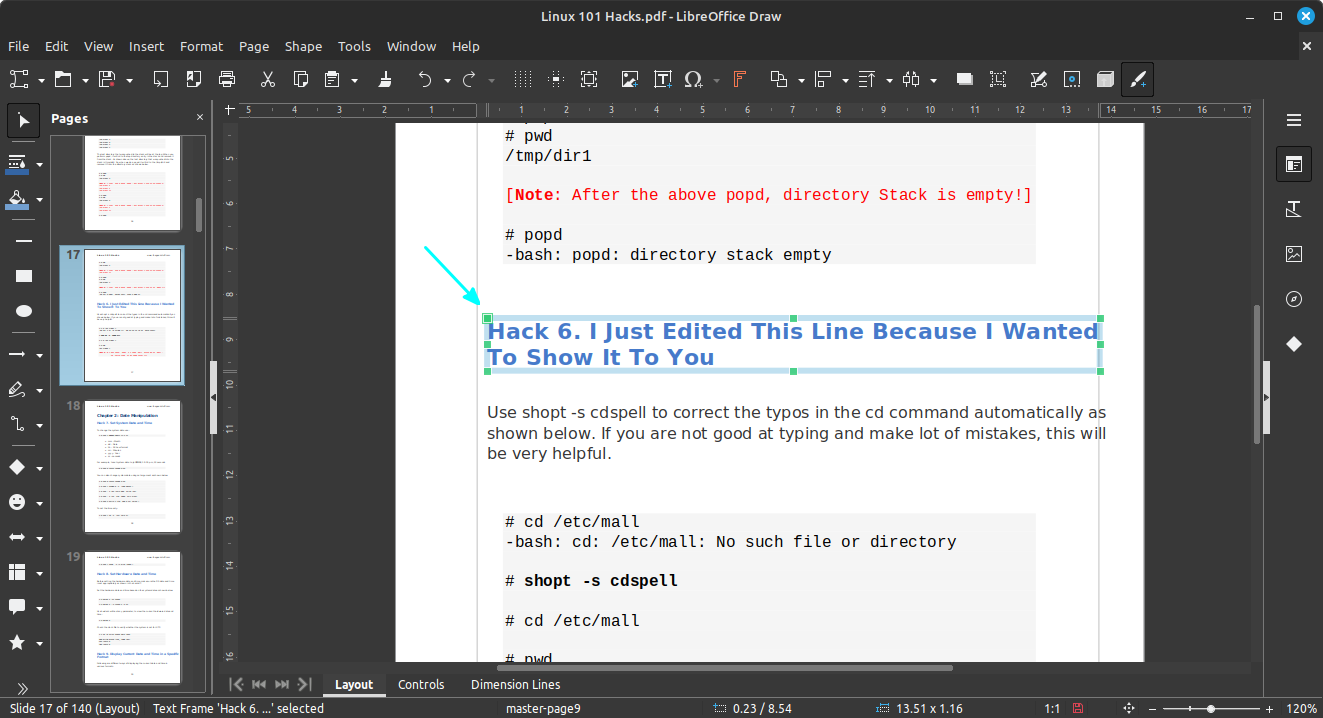
Once you are done with the edits, instead of saving the file (using Ctrl+S) option, click on the "Export Directly as PDF" button on the main toolbar.

It will export the file as PDF again.
Note that even after exporting the changed file as PDF, it will still ask you to save the file when you try to close LibreOffice Draw. No need to tell you that you don’t need to save it anymore.
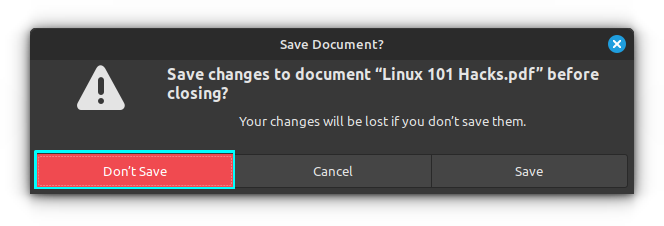
The reason is that if you try to save it, instead of exporting it to PDF, it will only give you the option to save it in open graphics format, which I presume is not what you want it to be.
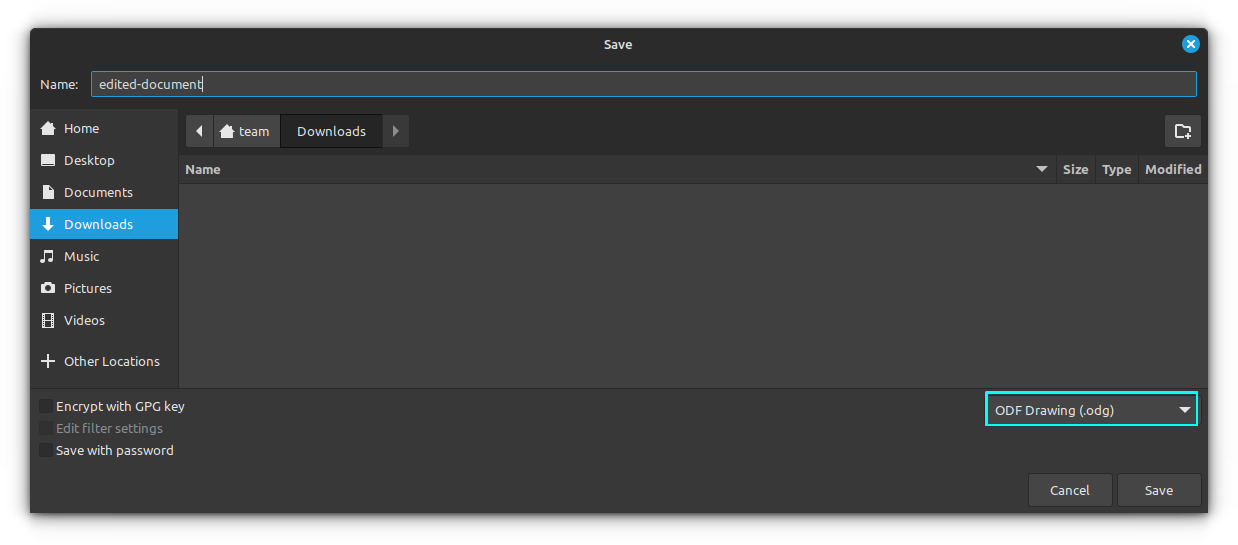
I also noticed that the edited PDF was smaller in size in comparison to the original one. It saved the 859 KB file to a 555 KB file. Needless to mention that you can edit the just edited PDF file as many times as you want.
Sometimes, you may require more settings to tweak while exporting the edited document to the PDF format. In this case, instead of clicking the “export directly as PDF” button on the toolbar, go to Files > Export As > Expert As PDF.

Here, you will get a PDF export dialog box, where you can set the required settings for your final PDF output.
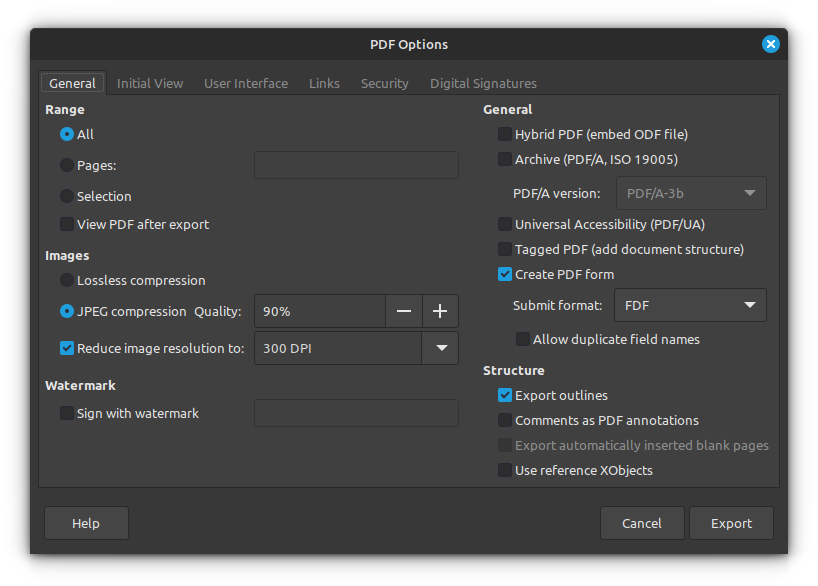
Once tweaked the settings, click on the “Export” button.
Limitations of editing PDF files with LibreOffice
LibreOffice can also merge multiple PDF files among other PDF editing tasks.
I tried to edit files in a few other formats, such as EPUB. But unfortunately, it did not work the same. Also, this PDF editing won’t work on scanned documents. So the files which were created as text and saved as PDF can be edited easily, but it’s not true in the case when you have scanned document because those pages are actually images and would need tools that could apply optical character recognition. But you won’t get that with LibreOffice.
I hope this tool helped you to modify PDF files in the easiest way possible. Have you managed to edit PDF files on Linux earlier? Which tool did you use? How does it compare to LibreOffice Draw? Do share your views.


